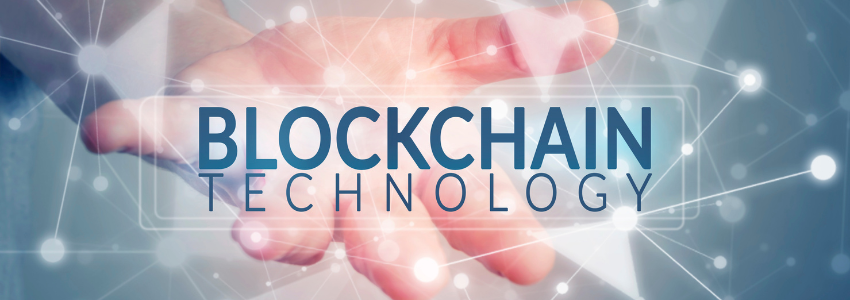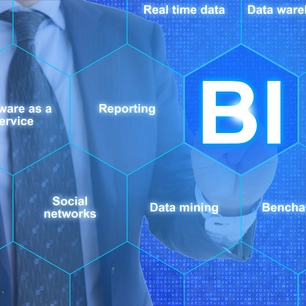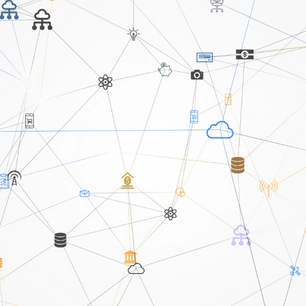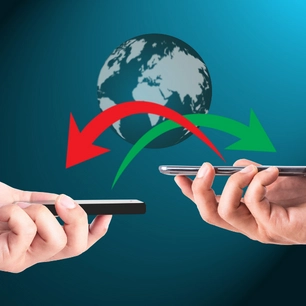Blockchain technology has been gaining traction for a few years, but its potential for a broader application remains unclear. Although it was initially focused on cryptocurrencies, it has the potential to transform organizational and financial transactions. However, adoption of this technology has been slow, with Gartner finding that only 1% of CIOs were adopting it by 2019 and 8% planning to use it in the short term. The highest rates of adoption were in the financial services sector.
Cryptography keys produce a secure digital identity
Blockchain technology uses cryptography keys to create a secure digital identity for users. These cryptography keys consist of public and private keys. These are needed for successful transactions between two parties. The public key is used to sign transactions, while the private key is kept on the user's device and used during authentication. The private key is also used by issuers to verify and add data to the digital identity.
The decentralized identity produced by Blockchain technology is secure and can be used for many purposes. A decentralized identity is encrypted, making it impenetrable to third parties and resistant to fraud. It can also be used for business identification and attestation. A cryptographic key pair is created, signed by a certificate authority to create a digital identity, and then published as an attestation on the Blockchain.
Blocks are distributed across a peer-to-peer network
Blockchain technology creates a chain of data that is nearly immutable. The system makes use of a distributed network of computers and devices. One of the benefits of Blockchain is that any computer or device within the network can view the entire history of transactions, which eliminates the possibility of fraud and tampering.
Blockchains are decentralized, which means that no central authority is needed to maintain the data. This ensures that no tampering or modification can occur. In addition, blockchain transactions are traceable back to the original source. Blockchains also provide an immutable ledger, which means that data and transactions can't be changed or deleted.
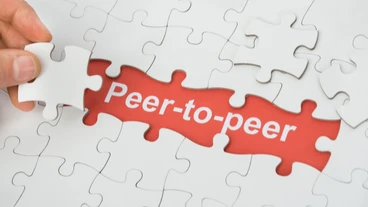
Transactions are irreversible
One of the main advantages of blockchain technology is that all transactions are irreversible. This means that any data written into a given block cannot be changed retroactively without affecting all subsequent blocks. This ensures that the security of the network is preserved. Furthermore, it prevents fraudulent practices such as double-spending.
The system is decentralized and secure, which removes the need for a central authority. However, there are some disadvantages associated with this type of technology. One of the biggest is that transactions on Blockchain are irreversible, which can cause some issues. However, many Bitcoin supporters say that this issue does not affect the security of the system. Many modern electronic payments are reversible.
Blockchain technology eliminates intermediaries
Blockchain technology has several advantages, including the elimination of intermediaries and data loss. It also provides traceability and transparency. For example, blockchain technology plays an important role in epidemics, ensuring that epidemic information and materials are open and traceable. In China, Lianfei Technology has developed a blockchain epidemic monitoring platform. It has enabled the monitoring of the COVID-19 epidemic in all provinces. The platform is based on transparency and accountability, which ensures openness and transparency.
In conventional systems, users have to go through an intermediary - usually a broker or bank. These intermediaries incur costs and are vulnerable to errors. By contrast, blockchain technology removes intermediaries and creates trust between business partners. It also allows for unalterable identification of devices and makes any change of ownership or location visible.
It offers high security
Oil and gas companies are beginning to realize the potential of blockchain technology for advancing their operations, especially in payment and reconciliation processes. This industry has hundreds of stakeholders and is notoriously complex, requiring high security, collaboration, and open communication. Technology has the potential to make this process much easier.
Blockchain technology provides a way to record digital transactions securely, with maximum transparency and resistance to outages. As a result, it improves cybersecurity processes and makes the information technology sector more secure. Blockchain technology is also transforming the security of other sectors, including the medical and healthcare industries. This industry requires high security because medical data must not be modified or tampered with.
It has several advantages and disadvantages
Among the many benefits of blockchain technology is its ability to make the supply chain more transparent. The technology can record every step of an item's journey from production to sale. This enables consumers to know exactly where their purchases come from and who made them. This transparency can also help them determine whether a product contains harmful substances or was manufactured by slave labour.
As a distributed network, Blockchain can reduce costs and overheads. The distributed nature of the network also allows it to be more secure because every change to the ledger is tracked. In addition, a blockchain network can reduce the time needed to complete a banking transaction. Blockchain transactions can be much faster and more secure than their traditional counterparts.
